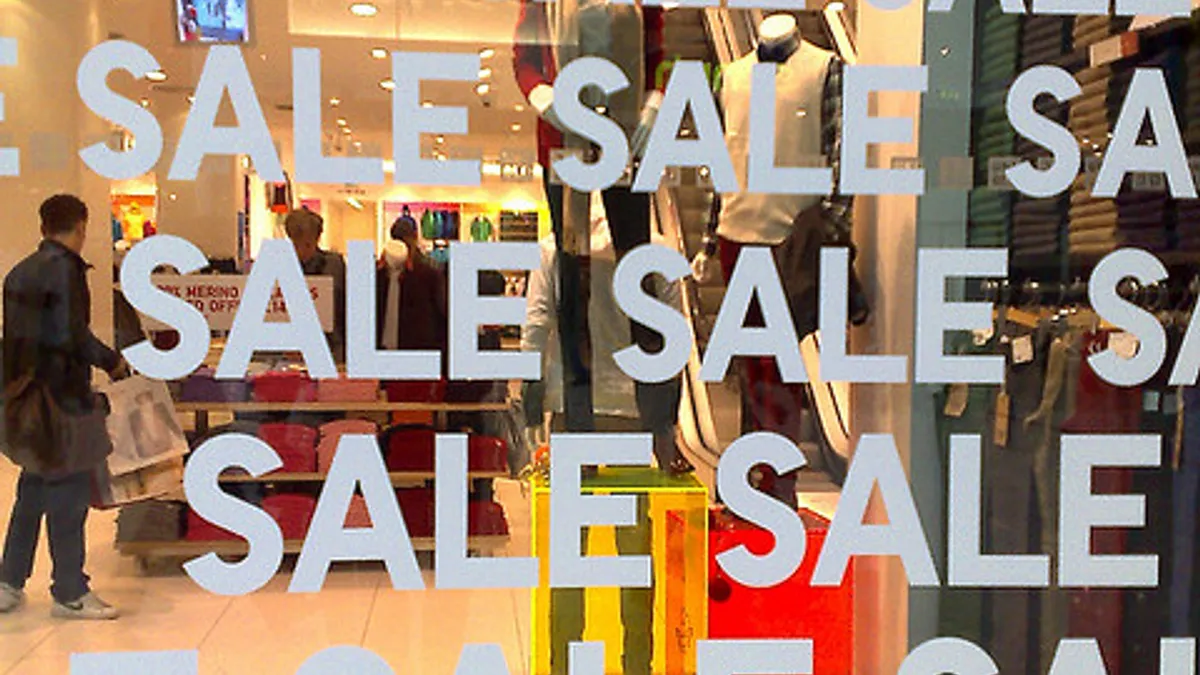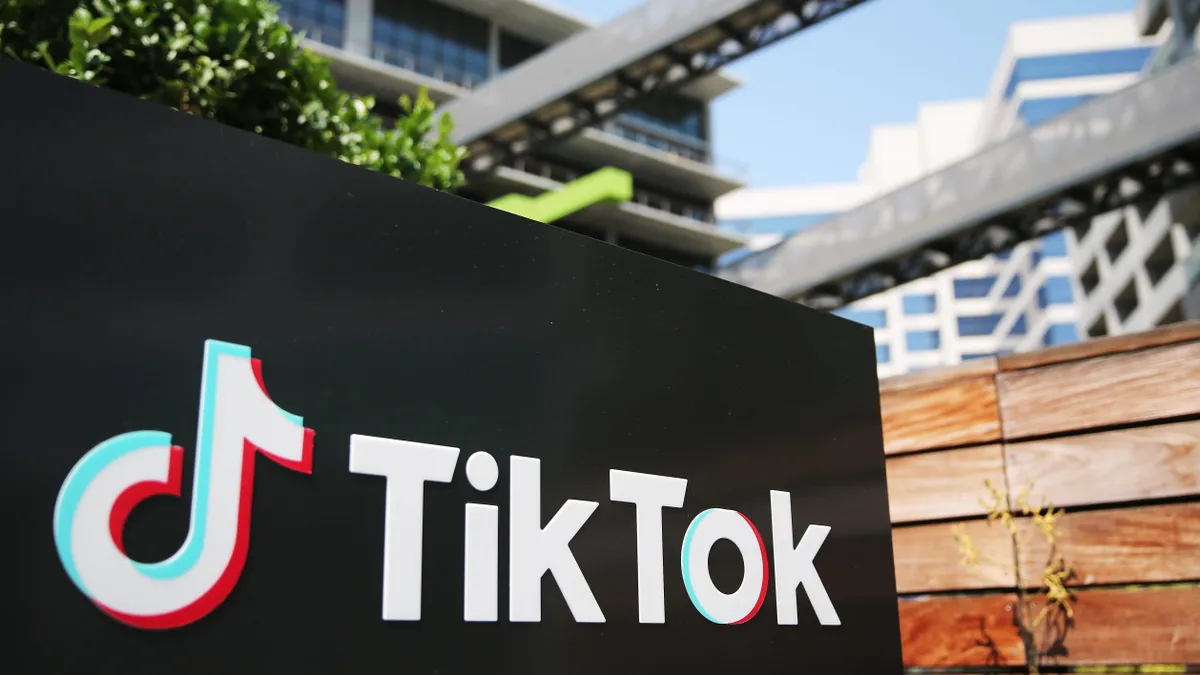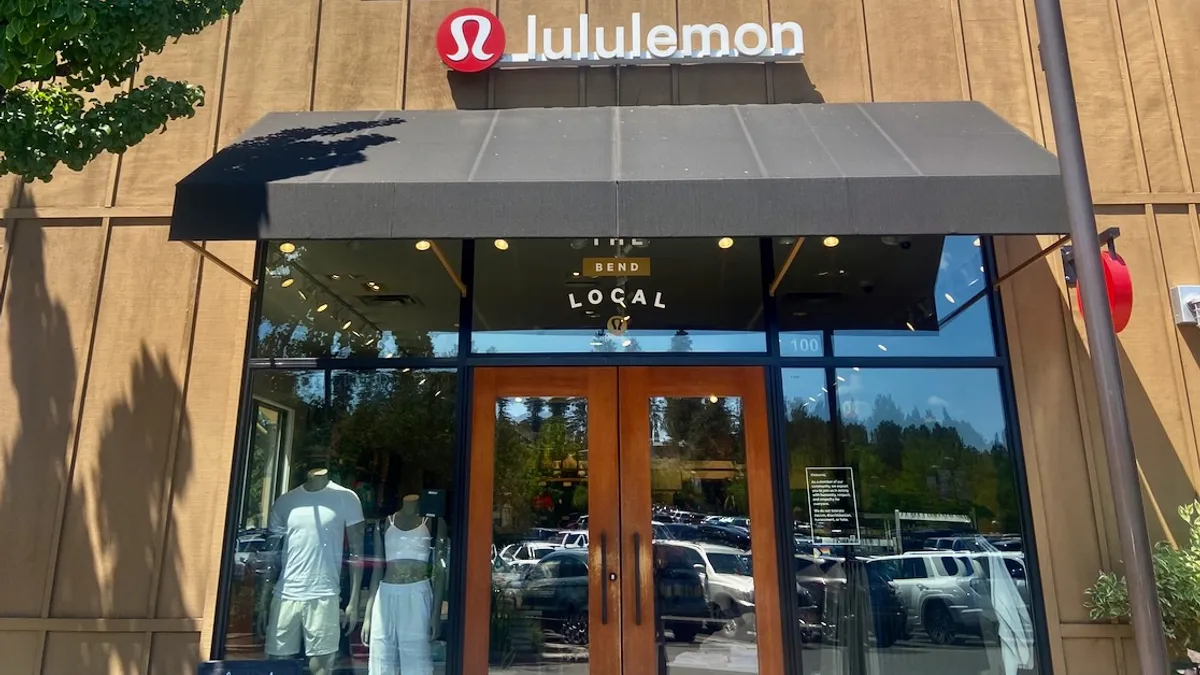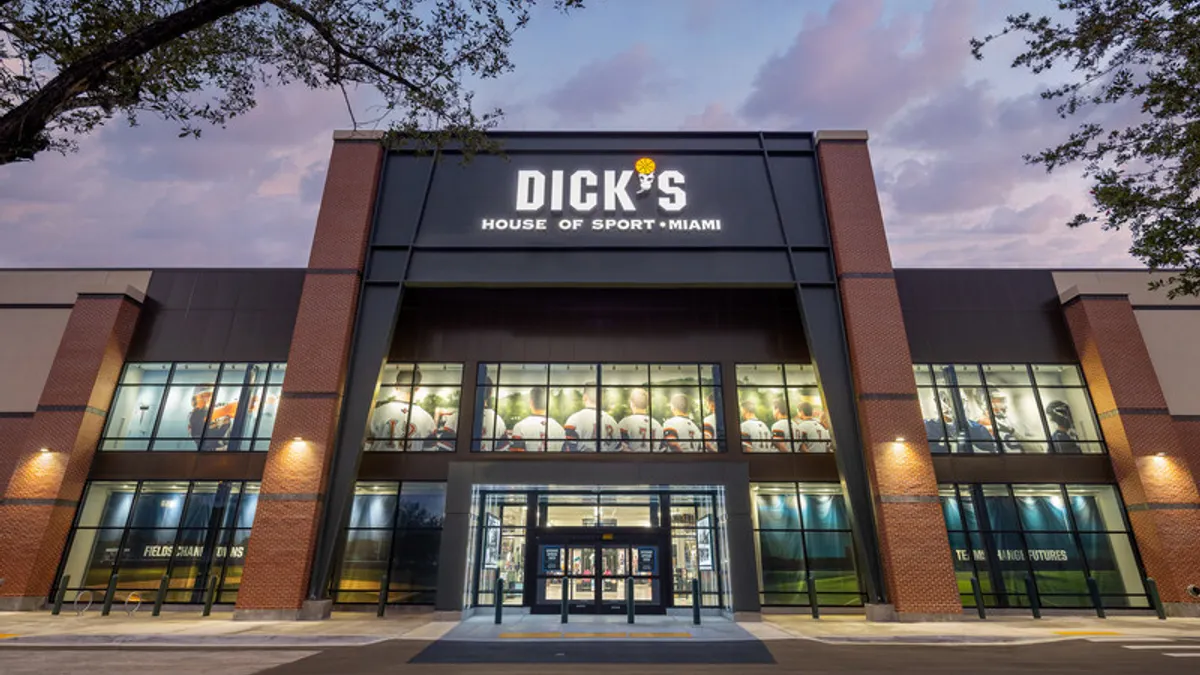A quick look at the email inbox, at least the one reserved for customers' online purchases, finds a host of admonishments from retailers to “celebrate” with “special deals” for a “limited time” and to “hurry” because the “sale ends soon.”
But a day or two later, certainly within a week, come more such emails from the same retailers, exclaiming that the limited sale was extended or offering something else to celebrate (spring! summer! holidays! back to school! end of school! Mother’s Day! Father’s Day! Presidents Day!).
Meanwhile, Sunday circulars and online coupons often help shoppers take another percentage off their final sale. And department stores and specialty retailers are opening more off-price stores that promise consumers a deal from their higher-price flagship stores. Not to mention, retailers started their holiday bells earlier than ever this year, with some giving discounts well before Thanksgiving.
In reality, do shoppers ever pay full price anymore? And if not, will they ever again?
What is the ‘real’ price?
Whether customers are shopping at a discount, mid-range, or luxury retailer, it’s always nice to catch a deal. But in the end, consumers want at least a fair price and a good value. For some goods, a low price on a low-quality product is too high, while an eye-popping price on something encrusted with diamonds may actually be a steal.
In fact, in some cases, especially at the higher end, some people actually perceive the inexpensiveness of certain items as a sign of poor quality. And research shows that marketing can lead people to believe that, too, to a point. But when retailers lower their prices, they often do lower their quality. J. Crew, for example, once known for its apparel lasting decades thanks to classic design and high quality, is suffering because, as Racked says, "constant promotions and complaints about a drop in quality have worn on sales."
But for many things these days, it’s hard to know what the fair price is, in part because of the constant barrage of sales and price drops, but also because many retailers aren't really ever charging the “original” price. The of listing discounts over essentially fake original prices is known as “price anchoring,” and many retailers do it to varying degrees.
But regulators and courts don’t like it when retailers take the practice too far, because they consider it deceptive. J.C. Penney, where former CEO Ron Johnson was highly criticized for his moves to do away with price anchoring and replace it with “always low prices,” is facing a class-action lawsuit that accuses the retailer of misleading shoppers with most, if not all, of its price tags.
Indeed, a 44-week survey by Checkbook.org of several national retailers, including Best Buy, Costco, Home Depot, Kohl's, Macy's, Sears and Target, found that many items listed as on sale rarely, if ever, sold at any other "regular" price.
While some of the stores conducted valid sales on selected merchandise, Checkbook executive editor Kevin Brasler called some of the pricing policies “disturbing.”
"What you need to know is that in many stores, the sales just never end, or hardly ever end," Brasler said to Komo news. "The worst offenders, for sure, were Sears, Kohl's and for many of the items we tracked prices on, Macy's."
State attorneys have similarly cracked down on the practice of listing “price comparisons” that don’t accurately reflect price differences between one retailer and another. In fact, savvy shoppers have learned to compare prices before making a purchase rather than taking retailers’ word for what the lowest price is. “Showrooming” and “webrooming” are widespread and there are now apps that make it all that much easier. That, no doubt, is perpetuating the pressure to offer yet more discounts, real or imagined.
Can retailers ever expect full price?
The web abounds with handy stories letting consumers know how to maximize sales and “never pay full price.”
So, once retailers figure out what their “full price” actually is, how to get back to a time when customers expected to pay full price, except perhaps for out-of-season goods, last year’s model, or other truly “special” reasons?
It could be difficult. Before J.C. Penney was hit with its lawsuit over price anchoring, ex-CEO Johnson faced withering criticism for his attempt to end it. In a typical analysis, for example, business strategist Panos Mourdoukoutas writing in Forbes called his move a “strategic mistake that haunts J.C. Penney.”
“A strategic mistake made close to two years ago, regarding its pricing strategy –replacement of sales through coupons with everyday low prices,” Mourdoukoutas wrote at the time. “The old policy has been working well for retailers, because it hypes consumer emotions, making them feel smart and encouraging them to talk with other consumers about it. That’s how hype and buzz begins.”
Indeed, there seems to be a lot of “emotion” and “feeling” in how consumers react to getting a deal. That, the expectations that retailers have set, the backlash experienced by J.C. Penney — all seem to make any return to more sober pricing policies an uphill climb.
The answer may be in letting a little daylight in between “special” sales, being more upfront about “original” prices, and finding other ways to make shoppers happy.
“Most everyone has a DNA chip build into their heads for a deal,” Mark Cohen, retail studies professor at Columbia University’s business school, told Retail Dive. Cohen credits L.L. Bean and Apple with providing quality and attending to the desires of their core customers. Both retailers, he says, manage to sell their stuff at regular price with few if any sales. “Retailers have created a behavior that we’ve been feeding and nurturing for quite a while. I find it heartening that there are brands that are dedicated to differentiating quality.”























